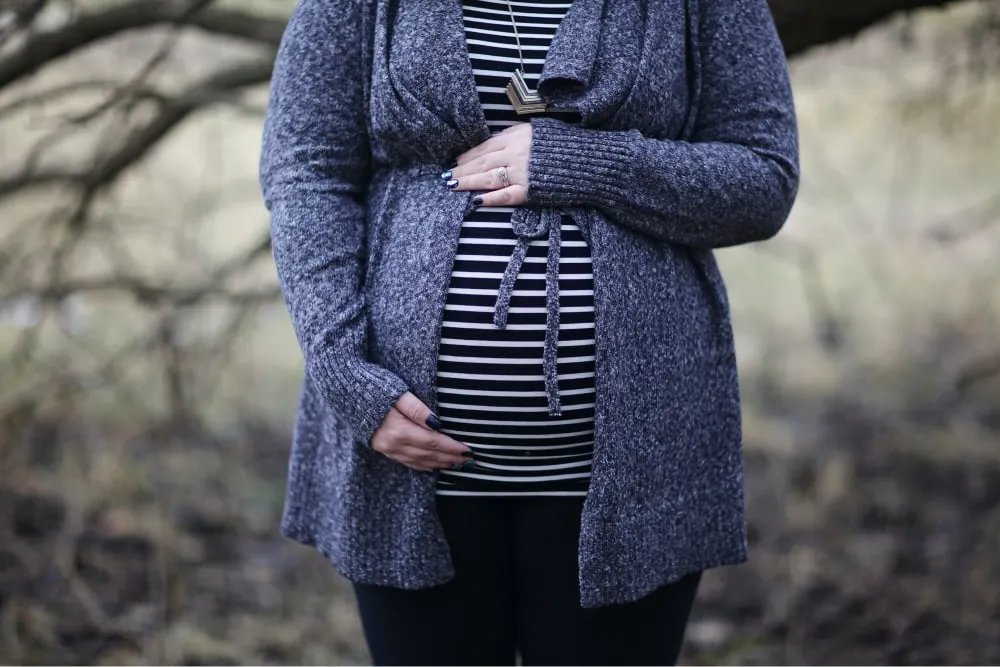Women
Women are statistically the most affected by eating disorders compared to any other demographic. A research study of 496 adolescent girls that were observed for 8 years found that 5.2% of the girls met the criteria of having anorexia, bulimia or binge eating as defined in the DSM-5. Another study found that up to one-third of female NCAA athletes reported having attitudes or symptoms that would put them at risk for anorexia. Additionally, a different study found that 94% of women participants that had an eating disorder also had a co-occurring mood disorder.
There are several reasons why eating disorders are more common in women, including societal pressures and weight stigma, with the most common disorders being anorexia nervosa and bulimia nervosa.
If left untreated, eating disorders can lead to severe physical and psychological side effects, so it’s important that these conditions are taken seriously. Learn how eating disorders affect women and what to do if you or someone you know needs help, support, or treatment.

Women's eating disorder treatment

Treatment of eating disorder in teen girls

Postpartum depression and binge eating disorder

Eating disorders and pregnancy complications

Bulimia during pregnancy: What to expect

